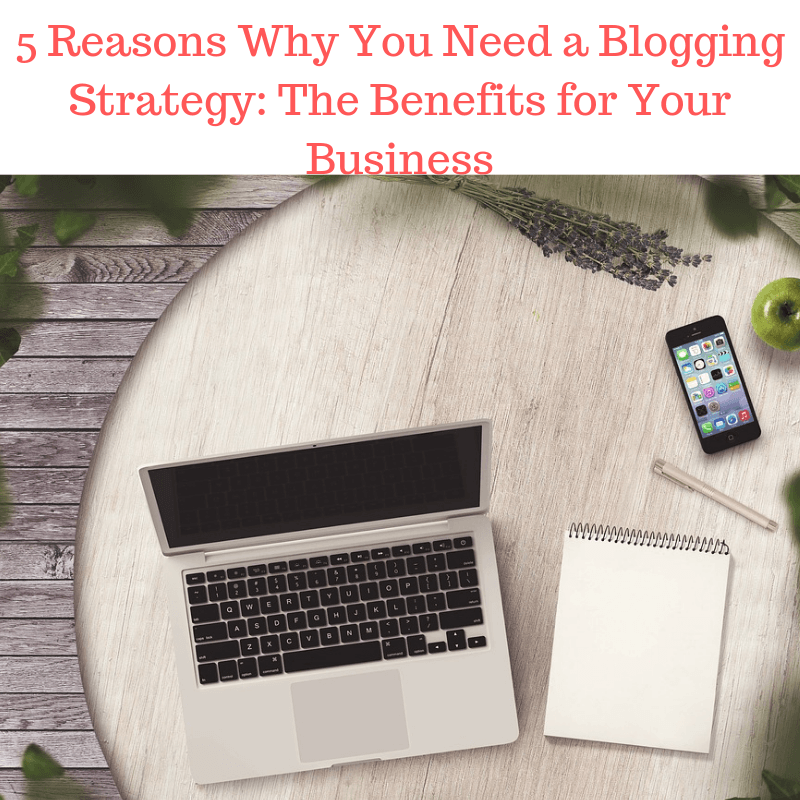
Blogs can be a very profitable tool if used correctly. Profiting from blogs is just a matter of grabbing the attention of an audience and not doing any actual salesmen selling. Here are the 12 most essential steps to successful blogging.
1) Your Niche
A niche is a targeted topic, product, or service. You should first decide on a product, service, or topic which interest you. Choose an area which you can enthusiastically write about daily.
You can use keyword research services to find popular searched topics. It does not matter if your topic is popular as long as there is an audience for your topic and the topic is precisely focused then your blog should be successful.
Anything can be considered a niche as long as it has a target audience no matter how large or how small the audience is. A blog about your cat can be a niche or a blog about how to make money online can be a larger niche market.
2) Update Daily (nothing less)
This step is a must and not a suggestion. Updating your blog daily not only keeps your blog more interesting to readers, but it also gives your blog fresh content on a day to day making it more appealing to search engines.
Attention! Google and other search engines love fresh and high-quality content. So, you will achieve higher rankings on search engines pretty fast.
Not updating your blog on an occasional holiday or one day here and there is understandable to most, but missing days at a time or weeks is unacceptable and will most likely result in your blog being unsuccessful.
To keep your blog traffic and retain your visitor’s interest it is a must to update your blog daily with multiple entries. Until you have a steady audience you should try to update your blog everyday with at least 3 or more daily entries.
The best way to accomplish this is to set aside 1-2 hours a day for tending to your blog and adding new blog posts. It may even be wise to schedule a set time which you dedicate to your blog each day.
Give yourself work hours and treat your blog as a job, what happens if you don’t come to work for days or weeks…you lose money or worse you get fired! Same applies here…if you don’t update your blog for days or weeks you’ll lose visitors and money.
3) Traffic
It’s no secret. You must have traffic to profit from blogs. There are numerous ways to build traffic. Paid advertising, free advertising, viral marketing, search engine marketing, RSS/XML feeds, and word-of-mouth.
You should always use your blog URL address in the signature of your email, forum discussions, message boards, or any other communication media. You should submit your blog URL address to search engines and blog directories.
You should submit your RSS/XML URL feed to blog ping services like Technorati, Ping-O-Matic, etc. You should confidently share your blog with family, friends, co-workers, associates, and business professionals when it relates.
Many blogs can be considered as a collection of articles, for this purpose you should submit your blog entries (those that are valuable and lengthy articles) to content syndicators like GoArticles.com or ezine.com
Once submitted your articles can be picked up and published by others. The trick is to make sure you include your Blog URL address in the “About the Author” box. What this does is create link popularity and backlinks for your blog, when someone picks up your article from the syndication then publish the article on their website the “About the Author” passage is included with each publication and the link you included is followed, crawled, and indexed by search engines.
Imagine if your article is popular enough or controversial enough to produce 10,000 publications across the web. The search engines are bound to find your blog in no time with that many publications and credit you an authority on the topic, in return increasing your rank on search engines.
4) Track Your Blog
How do you know if your blog has traffic? Just because no one is leaving comments doesn’t mean your blog isn’t growing. Many visitors do not leave comments but they are returning visitors. I know it sounds crazy but with blogs, people are more interested in what “you” have to say! Many visitors do not comment on their 1st, 2nd, or 3rd time. Some do not comment at all but are active daily visitors.
Tracking your blog does not have to be overly sophisticated usually a simple free page counter like StatCounter.com or Google Analytics will do the trick. Install (copy/paste) the code into the HTML of your blog template and start tracking your visitors.
It’s better to use a service which gives you advanced traffic analysis, such as keyword tracking information, referral information, and search engine information. Visitors, returning visitors, and unique visitors should be standard for any page counter service you choose.
5) Listen to Your Audience
When using the proper page counter you should begin to see how others are finding your blog and if through search engines then which keywords are being used to find your blog.
If constantly your blog is being found by 1 or more keywords then focus your blog around those keywords to make it even more powerful. When writing entry titles and entries use the keywords as often as possible while keeping the blog legible and interesting.
6) Multiple blogs
Use multiple blogging accounts (free) to attract more people. The more blog accounts the better (be sure to read and adhere to the Terms of Service for each site). You can copy/paste from 1 blog to all others.
Having different blog accounts is like having a publication in different newspapers. This enables you to attract more visitors and this also increases the chance that 1 of your blogs will be in the search engine results for your focused keywords.
7) Graphics, Photos, and Infographics
Try to include non-advertising graphics, pictures, photos, and art in your blog entries. Graphics can sometimes bring your blog to life. Of course, the content of the blog is the most important aspect and you do not want to overshadow your content with graphics, but displaying graphics can add a bit of spice to the blog.
Be choosy about your graphics and make sure they fit your entry topic. You should add content with the graphic, at least a caption. Original graphics, photos, pictures, and art is recommended.
Also, a very effective tip is to using Infographics. People and search engines love infographics because they are attractive visual content.
8) Social Media and Videos
These days social media and videos are a necessity for bloggers, marketers, and business owners. The majority of online people love social media and videos. They using them every day! So, it’s very easy to attract new interested people to your blog and increase your targeted traffic.
10) Keep it Personal
A blog is most successful when it is kept personal. Try to include personal experiences which relate to the topic of your blog entry. Stay away from the business style of writing. Write with a more personal style and use first-person narratives.
Do not write any of your entries as sales letters, instead share product reviews and personal endeavors.
11) Interact With Your Visitors
You now have the traffic you deserve. You should begin interacting with your visitors. Create a regular theme such as: “Monday Money Tip” or “Picture of the Week” which entices your readers to look forward to each week.
Give your readers advance notice about a product, service, or topic which you are going to review and then talk about later. Try your best to find exclusive information that not many have.
Do not disclose any confidential or secret information which is deemed illegal or can potentially get you into trouble, but try to get the scoop before everyone else does.
Give your best effort to dig and search the internet for exclusive information and you will possibly come up with something useful. Your readers will appreciate this and they show their appreciation through word-of-mouth referrals.
12) Make Money
Once your blog has gained some real momentum and your blog traffic is increasing then it is time to start thinking about turning your traffic into profit. You should use contextual advertising, like Google Adsense.
Contextual advertising is usually text links which use the content of your blog to publish targeted ads on your blog. The payout is usually based on a pay-per-click model, meaning for ever click an ad receives you are paid a small percentage of the profits.
In addition to contextual advertising, it is good to also use graphical advertising such as Amazon.com or General Sponsored Advertising.
Following these blogging tips should make your blogging experience much more rewarding. There is no guarantee that your blog will become popular or a household name, but the effort should at least put you one step closer.
Making money online is not an overnight experience like many may think, but making money online is a possibility. As well, growing popularity on the web is not an overnight experience, but through time, dedication, and persistence you will be rewarded with all the royalties of blogging.
P.S.
More articles and infographics http://www.bestprofitsonline.com/myblog/
![10 Steps to Create Epic Blog Content & Go Viral [Infographic]](http://blog.red-website-design.co.uk/wp-content/uploads/2019/09/10-Steps-to-Create-Epic-Blog-Content-Make-Your-Business-Go-Viral.jpg)

![The Benefits of Social Media for Your Business [Infographic]](https://niladrig.com/wp-content/uploads/2019/05/impacts-of-social-media-on-business-infographic.png)
